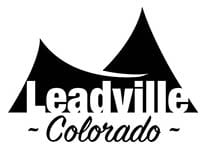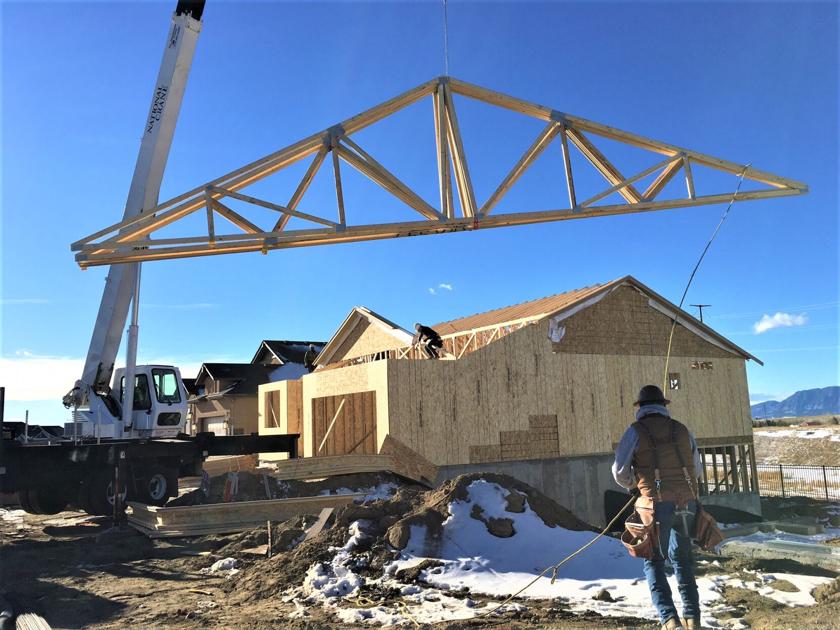Low mortgage rates, a shortage of existing homes for sale and an economy that held its own in spite of the COVID-19 pandemic were among factors that helped propel the Colorado Springs-area homebuilding industry to a banner year in 2020.
Building permits issued for the construction of single-family homes in El Paso County totaled 4,497 last year, a nearly 28% jump over 2019 and the most since 5,314 permits were issued in 2005, according to a Pikes Peak Regional Building Department report. Those figures are for single-family detached homes, not townhomes and condominiums.
And some builders expect demand to remain just as strong in 2021.
“I’d be shocked if we were a single permit less than we were in 2020,” said Vanguard Homes owner Mark Long, a past board president of the Housing & Building Association of Colorado Springs. “I would say a 5% gain would be a fair bet.”
Late 2019 was a strong period for local homebuilding and it continued into the first two months of 2020, said Tom Hennessy, president of Challenger Homes in the Springs.
The housing market shut down when the pandemic hit around mid-March, yet picked up steam again in late spring because of a pent-up demand for new homes, he said.
Mortgage rates tumbled throughout the year: 30-year, fixed-rate loans that averaged 3.36% nationally on March 12 slid to 2.67% by Dec. 31, according to mortgage buyer Freddie Mac.
“Interest rates kept getting lower and lower through the year,” Hennessy said. “We just kept getting people coming into our sales office, wanting to buy homes. We saw lots of first-time buyers. We had tremendous interest from that first-time buyer in all our communities.”
Buyers were finding slim pickings on the resale side of the market, and many then considered new homes, Long and Hennessy said. In November, the supply of homes for sale had dwindled to a record low 675, according to the most recent report from the Pikes Peak Association of Realtors.
“Realtors weren’t showing homes, people weren’t putting their homes on the market,” Hennessy said.
“Then you started to get price wars,” he said. “You get multiple bids on the resale homes. People were getting frustrated and they turned to new homes because we could deliver a new home and they’d be sure of getting under contract and looking at that sale, as opposed to waiting around six months and bidding on 20 different homes.”
In addition, even as the pandemic led to layoffs and temporary and permanent closures for hotels, restaurants and others in the hospitality industry, the Springs-area population continued to grow and other segments of the economy remained relatively healthy, such as the military and defense sectors.
“The strong economy and population growth are the main drivers,” Long said. “The low interest rates are just accelerators.”
The Springs quality of life, Long added, makes it a highly desirable place to live and attracted more people and homebuyers to town; he also credited Colorado Springs Mayor John Suthers and his administration for helping to create a more welcoming environment for businesses.
Long and Hennessy said they see nothing on the horizon to dampen demand in 2021.
Vanguard completed the sale of 87 homes in 2020; Long expects his company will reach 90 to 100 this year.
Challenger Homes pulled about 400 permits for single-family and townhomes last year, which was similar to what the company did in 2019, Hennessy said.
“There’s always the uncertainty of outside forces, there’s always that caveat,” Hennessy said. “But we’re expecting a strong 2021 and it will probably continue on beyond that. When you look at the fundamentals of supply and demand, there’s just too much demand right now for new houses and too little supply both in the resale and the new home market.”
The demand isn’t just a good thing for builders; the housing market remains a key cog in the Pikes Peak region’s economy.
Thousands of people work for construction companies and in the trades. At the same time, sales tax revenues generated by the purchase of building materials add millions each year to the coffers of local governments, which use the money to fund roads, parks and other basic services.
This content was originally published here.

